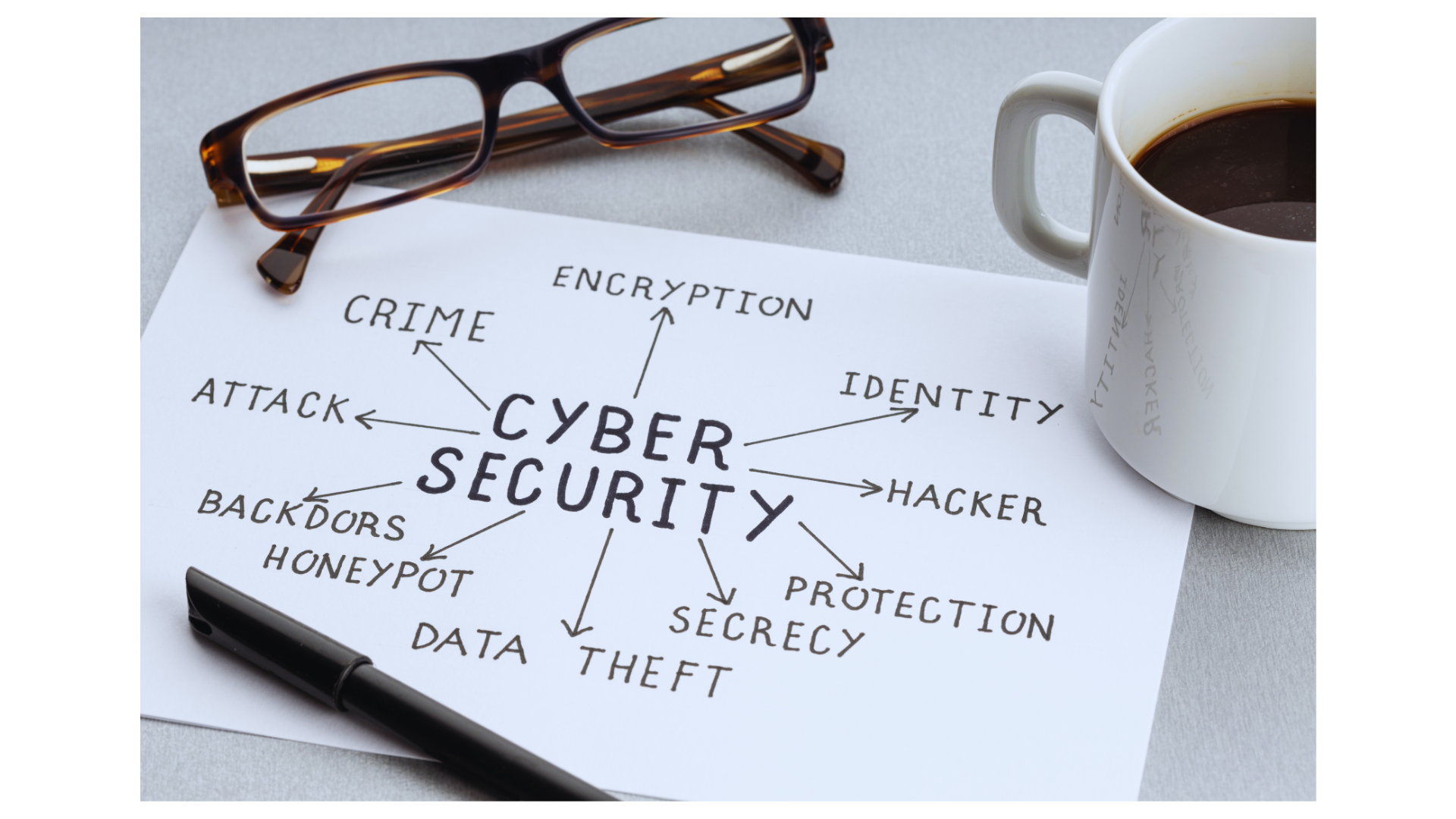Best Practices for Businesses: Ensuring Employee or Home Users Online Safety

Locking Out Threats: How DNS Filtering Can Fortify Your Online Security
Let me take you back to a day when my innocent click on a 'harmless' email unexpectedly turned my computer into a gateway for malware. It was a wake-up call that made me realise how vulnerable we all are to cyber threats lurking behind every click. This experience sparked my interest in practical solutions for safeguarding networks, leading me to discover the unheralded power of DNS filtering. Protecting your cyber frontier is more than just good practice; it's essential to maintaining productivity and safety in our increasingly digital world."DNS filtering is not just a technical measure; it's about peace of mind for everyone in the organization." - Expert Voice.

Understanding DNS Filtering: The Basics and Beyond
What is DNS Filtering?
| DNS filtering is a security measure that blocks access to harmful websites. It acts as a gatekeeper, preventing users from reaching malicious content. Think of it like a bouncer at a club, only allowing entry to those who meet certain criteria. In simple terms, when you try to visit a website, your device sends a request to a DNS server. If that website is deemed unsafe, the DNS filtering system stops the request. This way, you never even see the harmful content. It’s a proactive approach to security. | Common MisconceptionsMany people believe that DNS filtering is complicated or only for large corporations. This isn’t true. Here are a few common misconceptions:
|

Real-world impact
DNS filtering has made a significant difference in various scenarios.
For example:
1. Corporate Environments: Many companies have implemented DNS filtering to protect sensitive data. It’s the first line of defence against cyber threats.
2. Home Networks: Families can use DNS filtering to keep children safe from inappropriate content while browsing the internet.
3. Schools: Educational institutions use it to ensure students access only appropriate materials online.
The Transformative Power of AI in Cybersecurity

The Role of Machine Learning in Protective DNS SolutionsMachine learning is a game changer in the world of cybersecurity. It’s like allowing computers to learn from experience, just like humans do. This technology has transformed how we protect our networks, especially when identifying and blocking threats. But how does it work in the context of Protective DNS solutions? Understanding Machine Learning in CybersecurityAt its core, machine learning involves algorithms that analyze data and make decisions based on patterns. In cybersecurity, this means that the system can learn from past incidents. For instance, if a particular type of attack is detected, the machine learning model can recognise similar patterns in the future and act accordingly. This ability to adapt is crucial in today’s fast-paced cyber landscape. |
How Protective DNS Uses AIProtective DNS solutions leverage AI to identify and block threats effectively. Here’s how:
| Zero-Day Threats: A Real ConcernZero-day threats are particularly dangerous. These attacks exploit vulnerabilities that are unknown to the software vendor. They can target vulnerable applications, putting organizations at significant risk. Protective DNS solutions are designed to intercept these threats before they can cause harm. They do this by:
|
How to Implement Protective DNS Solutions
In today’s digital world, keeping your network secure is more important than ever. With a staggering 79 percent of data breaches linked to DNS vulnerabilities, it’s clear that a strong defense is crucial. So, how do we implement protective DNS solutions effectively? Let’s break it down.
Assessing Your Current DNS Management
First, we need to take a good look at our existing DNS management. This step is essential. Ask yourself: Are there any gaps in my current setup? Start by evaluating your DNS records and configurations. Are they up to date? Do they follow best practices? A thorough assessment can reveal vulnerabilities that need addressing.Consider conducting a DNS audit. This involves checking for misconfigurations, outdated records, or even potential security holes. It’s like giving your network a health check-up. The goal is to identify areas of weakness before they can be exploited.
Choosing the Right Protective DNS Provider
Once you understand your current situation, it’s time to choose a protective DNS provider. Here are some tips:
- Look for machine learning capabilities: A provider that uses machine learning can adapt to new threats quickly.
- Assess their response time: Speed matters. The faster they can block threats, the better.
- Consider cloud-based vs. on-premise: Cloud solutions offer flexibility, while on-premise gives you more control.
It’s a balancing act. Think about your organization’s specific needs and choose accordingly. Remember, the right provider can make all the difference.
Common Features to Look For
When choosing a protective DNS service, keep an eye out for these standard features:
- Real-time threat intelligence
- Customizable filtering options
- Comprehensive reporting tools
- 24/7 support and monitoring
By focusing on these features, we can ensure that we select a service that truly meets our needs.In conclusion, implementing protective DNS solutions is a critical step in safeguarding your network. By assessing your current management, choosing the right provider, and staying ahead of threats, you’ll create a robust defense. Remember, the internet is a vast landscape filled with risks. But with the right protective measures in place, we can navigate it safely. See how you can get started today.
| Safeguard your network at the DNS level with ITStream DNS filtering. Experience unparalleled protection by starting your free trial today! | ITStream Tech Solutions |
TL;DR: DNS filtering is a powerful tool for protecting against phishing and malware, ensuring a secure network for both businesses and homes. Discover its benefits, features, and how it can enhance productivity while safeguarding sensitive information.
